Mangosteen, often hailed as the “queen of fruits,” is a tropical delight renowned for its sweet, tangy flavor and juicy, snow-white segments. Native to Southeast Asia, this purple-hued fruit has captivated food enthusiasts worldwide with its unique taste and impressive nutritional profile. However, beneath its thick, leathery rind lies a challenge: peeling it without creating a mess or damaging the delicate flesh inside. This article demystifies the process, offering expert techniques to peel mangosteen with precision, ensuring every bite is worth the effort.

Understanding the Mangosteen Anatomy
Before diving into peeling methods, it’s essential to grasp the fruit’s structure. A mature mangosteen features a dark purple rind, roughly 1–2 centimeters thick, encasing six to eight triangular segments of aril (the edible part). The rind’s exterior is smooth but firm, while the interior is spongy and adheres tightly to the arils. At the base of the fruit, you’ll notice a calyx—a four-petaled remnant of the blossom—which often indicates the number of segments inside. This natural marker can help you gauge the fruit’s ripeness and yield.
The rind contains a milky, latex-like sap that stains skin and fabrics. This sap is most concentrated in the stem and calyx, so handling the fruit carelessly can lead to sticky fingers or ruined clothing. Ripe mangosteens yield slightly to gentle pressure, similar to avocados, and emit a floral aroma. Avoid fruits with cracked rinds or overly soft spots, as these may be overripe or bruised.
Preparation: Setting the Stage for Success
Peeling mangosteen requires minimal tools but maximal finesse. Here’s how to prepare:
- Chill the Fruit: Place mangosteens in the refrigerator for 30–60 minutes before peeling. Cold temperatures firm up the rind, reducing sap leakage and making the fruit less slippery.
- Protect Your Workspace: Lay down parchment paper or a plastic cutting board to catch sap drips. Wear gloves if you’re stain-averse, as the sap can linger on skin for hours.
- Select a Sharp Knife: A small paring knife or serrated blade works best for precise cuts. Dull knives increase the risk of squishing the fruit.
Method 1: The Classic Twist-and-Pull Technique
This traditional approach is favored for its simplicity and minimal tool use.
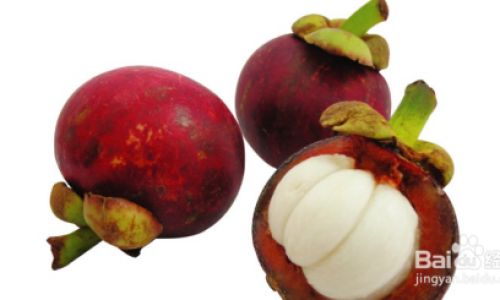
Steps:
- Locate the Equator: Identify the fruit’s “equator”—the faint horizontal line encircling its midsection. This is the weakest point of the rind.
- Score the Rind: Hold the mangosteen firmly and use your knife to make a shallow, 1–2 millimeter cut along the equator. Avoid cutting too deep, as this will pierce the arils and release juice.
- Twist and Separate: Grip both halves of the rind and twist in opposite directions. The rind should split open, revealing the segments inside. If resistance occurs, gently wiggle the halves or retrace your cut with the knife.
- Lift the Rind: Once split, peel back the rind halves like a flower. Use your fingers to detach any stubborn sections, ensuring the arils remain intact.
Pro Tip: If sap oozes from the calyx, wipe it immediately with a damp cloth to prevent staining.
Method 2: The Spoon Method
Ideal for those who prefer not to use a knife, this technique leverages a spoon’s curvature to pry open the rind.
Steps:
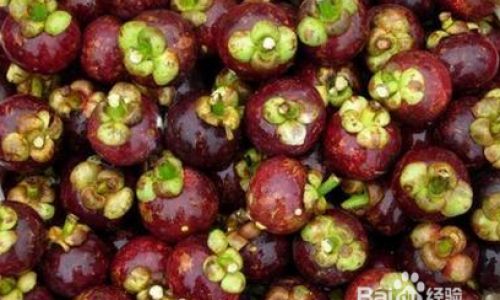
- Press and Rock: Hold the mangosteen in one hand and a sturdy metal spoon in the other. Press the spoon’s tip into the calyx and rock it gently to loosen the rind.
- Score the Equator: Rotate the fruit and repeat the pressing motion around the equator, creating a shallow groove.
- Peel Back the Rind: Insert the spoon’s edge into the groove and slide it around the fruit, separating the rind from the arils. Once the rind is loosened, pull it apart to expose the segments.
Variation: For stubborn rinds, microwave the fruit for 10–15 seconds (on a microwave-safe plate) to soften the rind.
Method 3: The Glass Edge Trick
This viral hack uses the rim of a glass to neatly separate the rind.
Steps:
- Cut Off the Calyx: Slice off the stem end of the mangosteen, exposing a small circle of aril.
- Press Against a Glass: Hold the fruit stem-side down and press it firmly against the rim of a tall glass. Push downward while twisting the fruit slightly.
- Watch the Rind Slide Off: The glass’s edge will cleanly separate the rind from the arils, which will collect inside the glass. This method minimizes mess and preserves the fruit’s shape.
Note: Use a sturdy glass to avoid breakage.
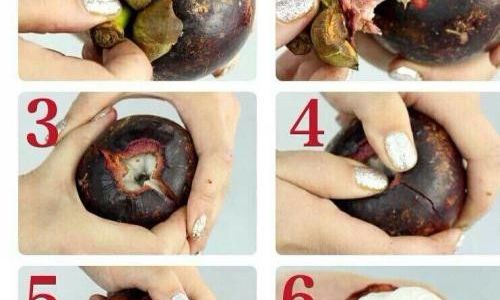
Method 4: The Finger-Friendly Approach
For small or very ripe mangosteens, finger pressure alone may suffice.
Steps:
- Apply Even Pressure: Hold the fruit in both hands and press firmly but gently around the equator. Ripe mangosteens will begin to split with a satisfying “crack.”
- Peel Back the Sections: Once the rind cracks, use your thumbs to pry it open. If the fruit resists, reapply pressure or use a knife to initiate the split.
Caution: Overripe fruits may burst, so handle them delicately.
Troubleshooting Common Challenges
- Sap Overload: If sap leaks during peeling, rinse the fruit under cold water while continuing to twist. For stubborn stains on skin, rub lemon juice or baking soda onto the area.
- Mushy Arils: Overhandling the fruit can bruise the segments. Work quickly and avoid squeezing too hard.
- Uneven Segments: If the arils break apart, use a small spoon to scoop them gently from the rind.
Storing and Serving Suggestions
- Storage: Unpeeled mangosteens last 5–7 days at room temperature or up to two weeks in the refrigerator. Once peeled, consume the arils immediately or store them in an airtight container for up to two days.
- Serving Ideas: Add mangosteen segments to fruit salads, smoothies, or desserts. Freeze the arils for a refreshing treat or blend them into a coulis for pastries.
The Cultural Significance of Mangosteen
Beyond its culinary appeal, mangosteen holds cultural weight in its native regions. In Thailand, it’s a symbol of prosperity and is often gifted during festivals. Traditional medicine uses the rind and bark for their anti-inflammatory properties, though modern science is still exploring these benefits.
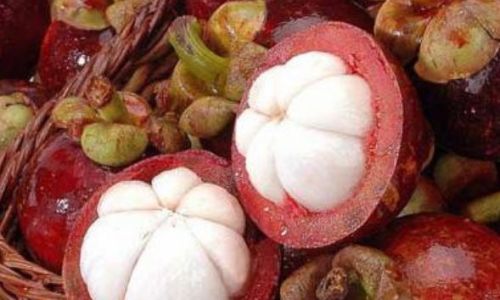
Conclusion: Savoring the Fruits of Your Labor
Peeling mangosteen is an art that rewards patience and practice. Whether you prefer the twist-and-pull method, the spoon technique, or the glass hack, the key lies in understanding the fruit’s structure and handling it gently. With these tips, you’ll master the process in no time, unlocking the joy of savoring this exotic gem without the fuss. So next time you encounter a mangosteen, embrace the challenge—your taste buds will thank you.
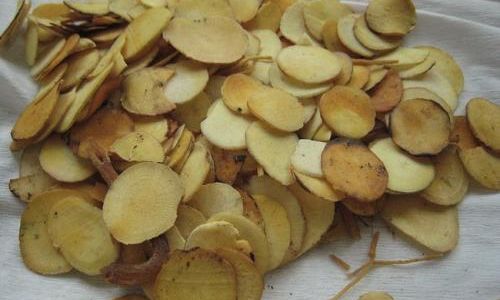
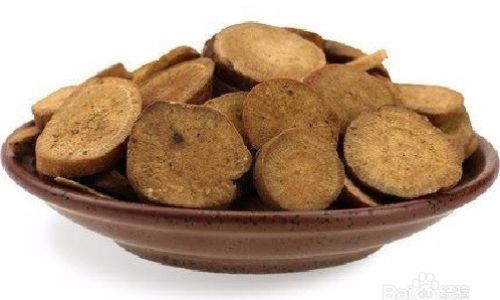
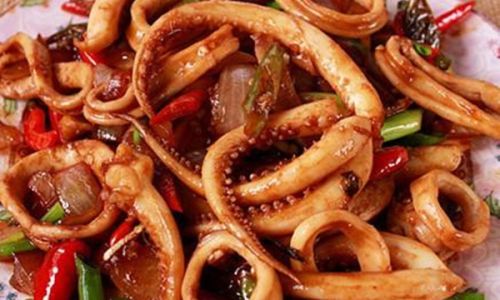
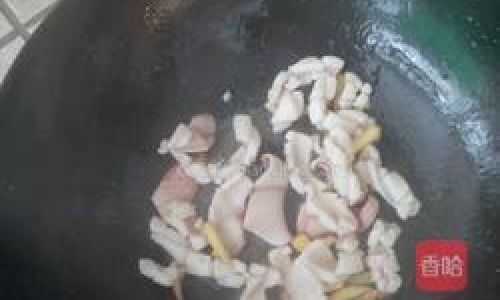
0 comments